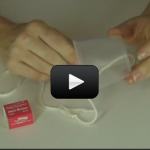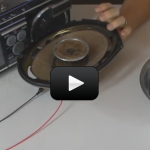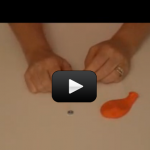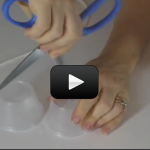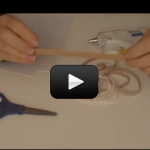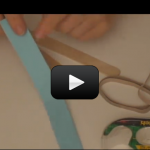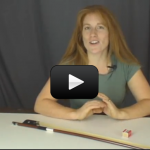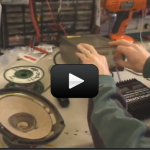We’ve been talking about the fact that sound is caused by something vibrating. If you can hear it, you can bet that somewhere, something is vibrating molecules and those molecules are vibrating your ear drums. The sound may be coming from a car, thunder, a balloon popping, clapping hands, or your gold fish blowing bubbles in her tank. However, no matter where it’s coming from, what you are hearing is vibrating particles, usually vibrating air molecules.
This lesson, I’d like to take the concepts of frequency and vibration just a bit further and talk about natural frequency and resonance. You can get started by watching this video, and afterward either read more about it or start your experiments!
This lesson, I’d like to take the concepts of frequency and vibration just a bit further and talk about natural frequency and resonance. Are you ready?
This lesson, I’d like to take the concepts of frequency and vibration just a bit further and talk about natural frequency and resonance. Are you ready?
Scientific Concepts:
- Sound is a type of energy and moves by longitudinal waves.
- Sound moves faster in solid objects than it does in air because the molecules are very close together in a solid and very far apart in a gas.
- Sound travels at about 760 mph in air, about 1000 ft/s. Sound can travel a mile in 5 seconds.
- Light travels much faster than sound.
- Sound is molecules moving back and forth (vibrating) creating longitudinal waves.
- All sound comes from something vibrating.
- Frequency of sound waves determines the pitch.
- Sound waves with a high frequency have high pitches. Sound waves with low frequencies have low pitches.
- The human ear can hear sound energy as low as 20 Hz and as high as 20,000 Hz.
- The more energy sound has, the larger the wave is (higher amplitude) and the louder it is.
- We hear sound because vibrating particles vibrate our eardrums and our brain translates those vibrations into sound.
- Everything has a natural frequency.
- The natural frequency of an object is due to the size, weight, and material the object is made of.
- Natural frequency is how fast something vibrates.
- Resonance is energy from one thing moving something else.
- When something is vibrating at a natural frequency that matches the natural frequency of something else, that something else may begin to vibrate as well.
- As long as energy continues, the object that is being resonated will continue to vibrate at higher and higher amplitudes. In other words, the vibration will get larger and larger.
- Our ear drums have a natural frequency between 20-20,000 Hz. Any thing that vibrates with enough energy, at those frequencies, can resonate our ear drums and cause us to hear sound.


